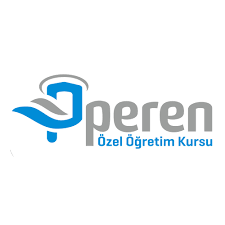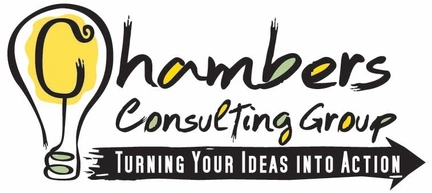If you’re designing or delivering training on job analysis, you know how critical it is to help participants see roles clearly, define expectations, and link performance to results.
That’s why I want to shine a spotlight on the workshop-pack from Oak Innovation: Analyze Roles With Precision: A Ready-To-Deliver Job Analysis Trainer Program For Smarter HR Decisions.
Using this robust, ready-to-go toolkit as your foundation, let’s explore seven tips to elevate your job analysis training material and your entire course offering.
Tip 1: Start with the proper foundation
The Oak Innovation workshop pack provides a comprehensive toolkit, including fully designed slides, a workbook, facilitator notes, and activities.
When you begin by working from strong, professionally-designed content, you free up mental energy to focus on delivery, engagement, and adaptation.
What to do: Use the pack’s slides and workbook as your core structure. Then, customise them: inject your examples, tailor any case study to your audience, and tweak the visuals to match your brand.
That way, you have a strong structure, and you still own the content.
Tip 2: Make the job analysis content deeply relevant
It’s great to have material — even better when it connects to fundamental roles, real people, tangible outcomes. The pack emphasises how job analysis connects to hiring, performance, and development.
What to do: Ask your participants ahead of time for one or two roles in their organisation that feel fuzzy or under-defined. Use those roles as live case-studies in your session.
Show how the job-analysis processes (like the tools in the pack) bring clarity to those roles.
That makes it hit home.
Tip 3: Use the proven methods — and show how they work in practice
The pack includes established techniques, such as the Critical Incident Technique and the Position Analysis Questionnaire (PAQ), to gather role data.
What to do: Don’t just tell participants about these methods — walk through them. For example, choose one role and run a mini-exercise: collect key incidents, utilize PAQ items, and build a job description in real-time.
Then pause and debrief: what worked? What didn’t?
This provides real-time evidence that the methods are not merely academic—they’re practical.
Tip 4: Turn analysis into action
A common pitfall is delivering job-analysis training, only for participants to leave without a plan for applying it. The pack promises that participants “leave with a simple roadmap for ongoing review.”
What to do: Build into your course a session or module: “What now?”
Let participants map: Once I’ve analyzed this role, here’s how I’ll use the data (to update job descriptions, hire better candidates, design training, and set performance metrics).
Have them commit to one specific action with a deadline. That turns learning into doing.
Tip 5: Customise, brand and reuse
One of the strengths of the workshop pack is that the files are fully editable (in PowerPoint and Word) and come with lifetime reuse rights.
What to do: Customize visually and culturally. Use your organisation’s colours, language, and examples. But also keep the base structure so you don’t reinvent the wheel.
This allows you to reuse the core for multiple audiences and tweak it quickly for each cohort—saving you hours of preparation.
Tip 6: Engage participants with interactive activities
Training is more than a slide show; it’s about participation, reflection, and application. The pack includes interactive activities, games, and ice-breakers.
What to do: Pick two or three of those activities, and embed them at strategic moments: after introducing a concept, before you move into deeper content.
Then, challenge participants to apply the idea to a role they know, share what surprised them, and then revise their thinking.
This keeps energy high and makes it sticky.
Tip 7: Make follow-through part of the plan
Courses often finish, slide shows stop, but nothing changes. To get impact, you need follow-through and ongoing review.
The pack highlights that job analysis is the foundation of many HR/learning decisions — and roles evolve, so systems need to grow.
What to do: At the end of your course, schedule a follow-up, ideally 4–6 weeks later, to check in on participants’ agreed-upon actions.
Use a simple form or questionnaire (you could adapt one from the toolkit).
Ask: What changes did you make? What barriers did you face? What’s next?
That keeps the momentum going and reinforces the training.
Final thoughts
By grounding your design in a high-quality toolkit like the one from Oak Innovation, and by applying these seven tips, you’ll create job analysis training that’s not just “delivered” but truly owned, applied, and effective.
If you want a head start, check out the workshop pack here: Analyze Roles With Precision: Ready-to-Deliver Job Analysis Trainer Program.
You’ll walk into your next session ahead of the curve, ready to deliver clarity, impact, and action.

























































